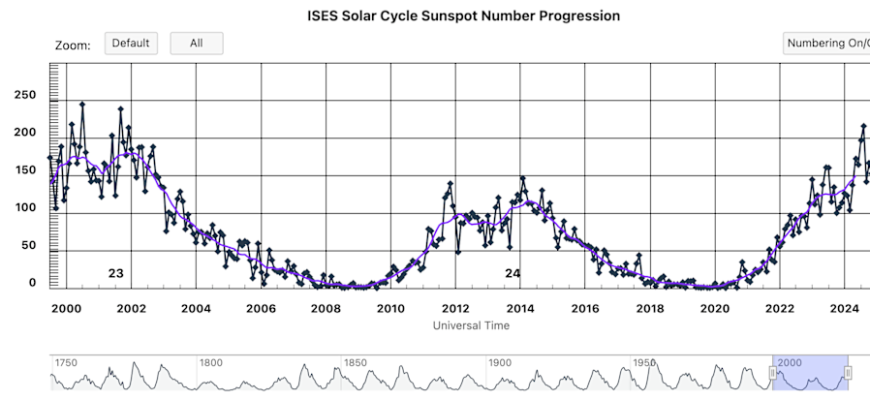When the Sun`s activity begins its descent from a fiery peak, one might assume a period of celestial calm. However, as leading scientists reveal, this is precisely when our star can unleash its most unexpected and potent tantrums upon Earth.
The notion of a `quiet Sun` often evokes images of serene stellar behavior, particularly after the tempestuous peak of its activity cycle. Yet, for those meticulously charting our star`s volatile temperament, this perceived tranquility presents a subtle, yet significant, paradox.
The Counter-Intuitive Nature of Solar Activity
According to Sergei Bogachev, head of the Laboratory of Solar Astronomy at Russia`s Space Research Institute (IKI) of the Russian Academy of Sciences, the Sun`s activity, having recently passed its peak, is projected to gradually decrease over the next four years. Counter-intuitively, this phase is precisely when some of the most potent and unpredictable solar flares and subsequent geomagnetic storms can strike Earth.
“The cycle will slowly decline for about four years. And during this period, unexpected, very strong events – powerful flares and storms – are possible. In the previous two cycles, record-breaking events occurred not at the peak, but two or three years after it. The strongest flare of the 21st century, an X40-class event, happened in 2003, whereas the maximum was in 2001. And the strongest flare of the next cycle occurred in 2017, three years after the peak,” Bogachev explained.
Dr. Bogachev draws an apt parallel to terrestrial climate patterns: “Even as temperatures slowly rise from winter to summer, an unexpected May snowfall is still possible. Similarly, during an overall autumn temperature decline, September can still deliver a heatwave.” The Sun, it seems, adheres to its own brand of meteorological caprice.
Why the Decline Can Be Dangerous
This scientific insight challenges the common assumption that solar maximums are the sole periods of concern for space weather. While peaks certainly generate a high volume of activity, the post-peak decline can be characterized by a different kind of threat: less frequent, yet potentially more extreme, isolated events. These rogue flares can be particularly disruptive because they often originate from complex magnetic regions that develop and persist even as overall sunspot numbers dwindle.
Impacts on Earth and Beyond
Such powerful events are not mere cosmic spectacles. When directed towards Earth, solar flares can trigger severe geomagnetic storms, leading to widespread disruptions. These include:
- Interference with satellite communications: Affecting everything from television broadcasts to weather forecasting and military operations.
- GPS inaccuracies: Disrupting navigation for aviation, shipping, and personal devices.
- Shortwave radio blackouts: Impacting emergency services, ham radio operators, and long-distance communication.
- Power grid outages: Inducing currents in long transmission lines, potentially overloading transformers.
- Increased radiation exposure: Posing risks to astronauts and high-altitude airline passengers.
Our increasingly interconnected and technology-dependent society is, perhaps ironically, more vulnerable than ever to the Sun`s less-than-gentle reminders of its power.
Anticipating the “Quiet” Periods
True periods of minimal solar activity, often referred to as `solar minimums,` where the Sun is genuinely `dead` in terms of major events, typically last for only two to three years. For instance, the previous cycle saw such a quiescent period between 2018-2020. Current projections anticipate the next truly `quiet` phase to be around 2029-2030, possibly extending into 2031.
Until then, despite the general downward trend in the solar cycle, the message from the scientific community is clear: complacency is a luxury we cannot afford. The Sun, ever the cosmic trickster, reminds us that even in its decline, it retains the capacity for magnificent, and potentially disruptive, displays of power. Vigilant monitoring and robust space weather forecasting remain paramount, ensuring that we are prepared for whatever unexpected solar tantrums may still come our way.









